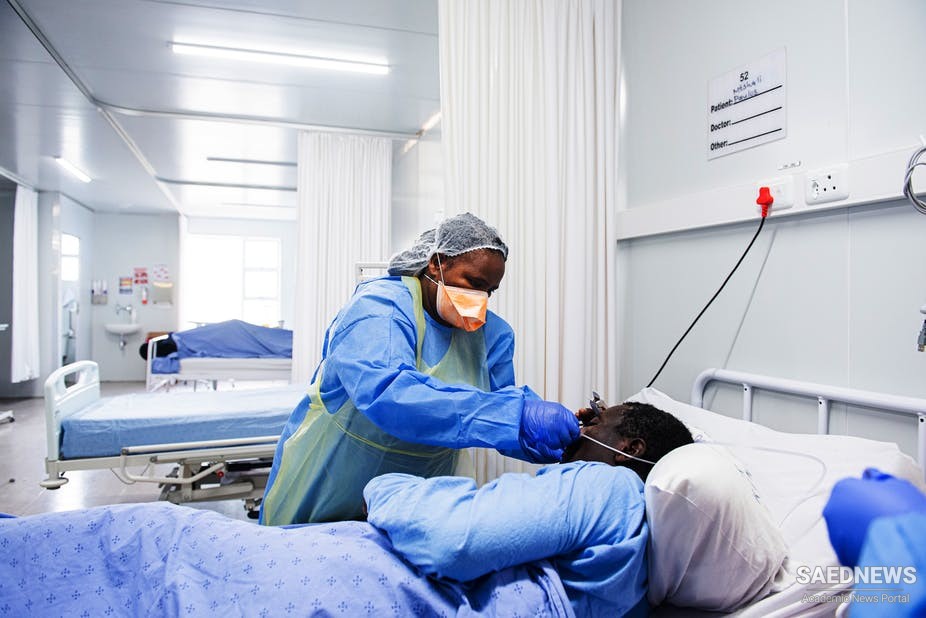While medical tourism is presently small in comparison to the overall service trade or the consumption of medical services worldwide or even the trade in tourism services, it cannot be dismissed as either temporary or insignifi cant (for example, in destination countries such as Thailand, Malaysia, and India, health tourism is the fastest-growing segment of their tourist markets). According to the World Health Organization (WHO), it is a growing trend with enormous economic implications. As early as 1989, an Organisation for Economic Cooperation and Development (OECD) report noted that trade in health services provided developing countries with a competitive opportunity in this arena, given their abundance of labor and availability of capital and skills in medicine. As long as they can maintain quality levels, they might be able to generate signifi - cant growth. In 1997, the United Nations Conference on Trade and Development (UNCTAD), which monitors trade between countries, noted for the fi rst time that trade in services, including health services, could be benefi cial for developing countries. A growing number of these countries have the requisite manpower, the investment capital, the know-how, and the motivation to supply medical tourist facilities. They are hopping on the highly competitive medical tourism bandwagon. India and Malaysia are joining the already-established destinations in Thailand and Singapore. The Philippines is not far behind. In the Western hemisphere, Cuba has been a medical leader for decades and sets an example for Costa Rica and Argentina with respect to the research and development that is linked to medical tourism. The countries of the former Soviet bloc, as well as the Baltic states of the former Soviet Union, are using their highly skilled labor force to lure West Europeans to their health-care facilities. South Africa and Jordan have also broken into this lucrative market, and more countries join the list every year.


 Why Iran Is Going to Be One of Medical Giants in Middle East?
Why Iran Is Going to Be One of Medical Giants in Middle East?














































